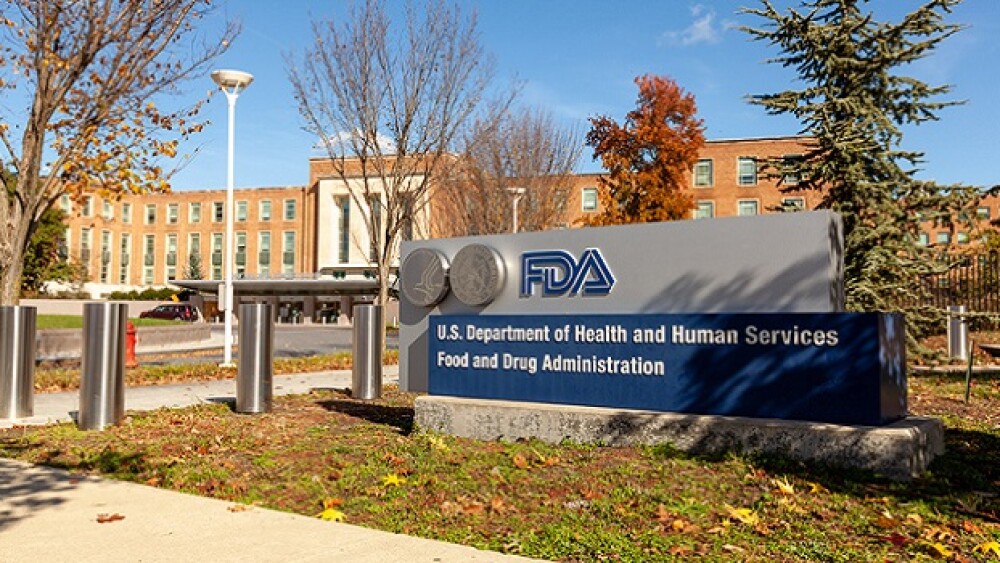AI offers tremendous potential but there are critical and time-consuming flaws in black box AI predictions.
In the rapidly evolving landscape of pharmaceutical development, artificial intelligence (AI) has emerged as a powerful tool that promises to revolutionize how we discover, develop, and manufacture drugs. However, how AI is applied to drug discovery depends on the type of drug being developed according to Wayne Doyle, head of platform at Eclipsebio. Specifically for mRNA-based therapies, AI can further enhance an already quick development process. While AI offers tremendous potential, there is a critical distinction between black box AI predictions and data-driven approaches that incorporate validation and transparency.
Vaccine Potential Unlocked
Prior to COVID-19, vaccines had already had an immense impact on global health. However, the pandemic highlighted a new era in vaccine development by demonstrating the incredible speed at which mRNA vaccines could be developed compared to previous vaccine production approaches. Decreased mRNA development time demonstrated how valuable these therapies could be. However, challenges remained in scaling production.
“During the initial pandemic, a major challenge was establishing the global production chain for rapid manufacturing and quality control,” explained Doyle. “That infrastructure is now in place, so if there is a future pandemic or infectious disease outbreak a new vaccine can be produced anywhere across the globe.”
Vaccines have gone beyond infections, with cancer prevention being a new area of focus. Successful preventive cancer vaccines include Gardasil, which protects against HPV-related cancers, and Heplisav-B, which helps prevent HBV-related liver cancer. Research has also focused on developing personalized neoantigen therapies, medicines that recognize, destroy and prevent the spread of existing cancer cells in patients.
AI’s Role in Accelerating Personalized Cancer Vaccine Therapies
For both infectious diseases and cancers, developing therapies for patients need to occur quickly. “One of the major benefits of AI,” Doyle highlighted, “is in helping
us to figure out what a vaccine should target. AI models are fantastic at integrating different pieces of information, allowing us to look at what is present on the viral sequence or what’s expressed in a tumor and figure out an ideal antigen to target.”
AI expedites this process by leveraging different types of information and synthesizing it to identify a target during the discovery phase. Once the target has been identified, AI is able to quicky optimize the untranslated regions (UTR) and protein coding sequences. Doyle explained that one of the recent successes with AI has been to identify an optimal mRNA sequence by predicting how codon changes will affect translation and stability.
“We know the final protein sequence has to stay the same, but the genetic code is redundant meaning the RNA design can be flexible. A major question is if we change this codon or that codon, does that make the RNA more stable or improve translation? AI can help answer these questions quickly,” Doyle noted.
Beyond Black Box Predictions
While AI offers remarkable efficiency, the pharmaceutical industry must address concerns about “black box” predictions – AI outputs where the reasoning process remains opaque. This lack of transparency creates uneasiness in a fundamentally risk-averse industry.
While AI is becoming better at self-reporting, the biggest risk is hallucinations, Doyle warned. “An AI model can give a response that superficially looks correct but actually isn’t true. If you’re using that to inform which antigen to choose, how to optimize the sequence, or how to change manufacturing, it could look logical, but then it is not actually effective once you start manufacturing.”
The solutions to this AI challenge, according to Doyle, are high-quality training datasets and extensive validation after the fact. “First and foremost, AI models need to be trained on data that represents all the key dimensions of biology to ensure it has accurate predictions. Once you have those predictions, it is critical to not naively trust the results. You use it to inform what you think is the best approach, but then you do extensive testing to confirm that it’s safe and has the expected effect before it ever enters the clinic.”
Another potential risk that needs to be considered is security vulnerability if using open-source AI. “When using any publicly available tool, be it an AI chatbot or anything else, it is important to check the security of the system. Otherwise, there can be leakages of sensitive data that could reveal a drug candidate or a manufacturing strategy,” Doyle stated. As a result, companies often implement their own in-house sandbox or outsourcing to a trusted vendor.
AI in a Data Driven Approach
Rather than viewing AI as a replacement for traditional methods, Doyle emphasizes that it is a tool in pharmaceutical development. He stressed that the most effective approach combines AI predictions with rigorous validation.
Doyle explained, “AI is just another tool for the design and manufacturing of safe and effective medicines. Any output from an AI model needs to be paired with human-led validation. Does this result line up with our expectations for effective RNA therapies? Do our empirical measurements of the RNA in the lab show that it is safe, potent and effective?”
This data-driven approach represents an evolution from traditional methods. “Historically, we have focused on a stepwise process. We know the target, we know how molecules tend to dock to specific structures, and we design a therapeutic based on that. With next-generation sequencing and Industry 4.0 technologies, we can transform drug development by using AI to combine data in ways that are not possible for a human to do, allowing us to not only predict ideal drugs but also implement more robust quality by design.”
Transparency and Trust
As mRNA vaccines face increased scrutiny from the public and regulatory bodies, building trust becomes paramount. One solution, Doyle suggests, lies in greater transparency about how AI is used in development.
Doyle explained, “The process is not that an algorithm exists, it told us to create this drug, we made it and now we’re now putting it into patients. There is extensive characterization done for each of these therapies using cutting-edge technologies, all with human oversight.” He suggests being transparent and working with regulatory bodies to stress the multiple stage testing required before regulatory filing.
Doyle highlighted that transparency about validation is also another key. “We do often see that AI-driven drug development can be a little bit of a black box, where something appears at the end of the day in a clinic. Being more transparent on how we use AI in the process, how the predictions of the algorithm were validated, and how the algorithm is improved based on our quality control testing is critical.”
AI Offers Broad Disease Applications of RNA Therapies
The principles that guide AI use in vaccine development extend to other critical medical areas. “What we’re talking about here applies to a number of other issues that are very detrimental to public health, from cancers to genetic disorders,” Doyle explained. “How we optimize the process to make sure we’re making the best vaccine also helps us inform how to make the best treatment to prevent a tumor from progressing, or how to help patients with rare genetic disorders.”
Industry Collaboration
Looking to the future, Doyle sees increased collaboration as essential for advancing therapeutic development. “We have seen that biopharmas themselves are becoming more collaborative in the drug development process, and that is extremely exciting for the generation of new therapies. For example, there will be one company with expertise in effectively developing a specific class of drug while another company has a deep understanding of the target biology. The companies then come together to make an extremely effective therapy.”
By embracing data-driven approaches that combine AI’s predictive power with rigorous validation and increased transparency, the pharmaceutical industry can harness AI’s potential while maintaining the trust essential for public health. The future of drug development is not just faster – it is smarter, more collaborative, and increasingly transparent.
This article was written in collaboration with Eclipsebio.
The insights team analyzes and comments on industry trends and creates thought leadership content for BioSpace and clients. The head of insights, Lori Ellis, can be contacted via lori.ellis@biospace.com. Follow her on LinkedIn.






